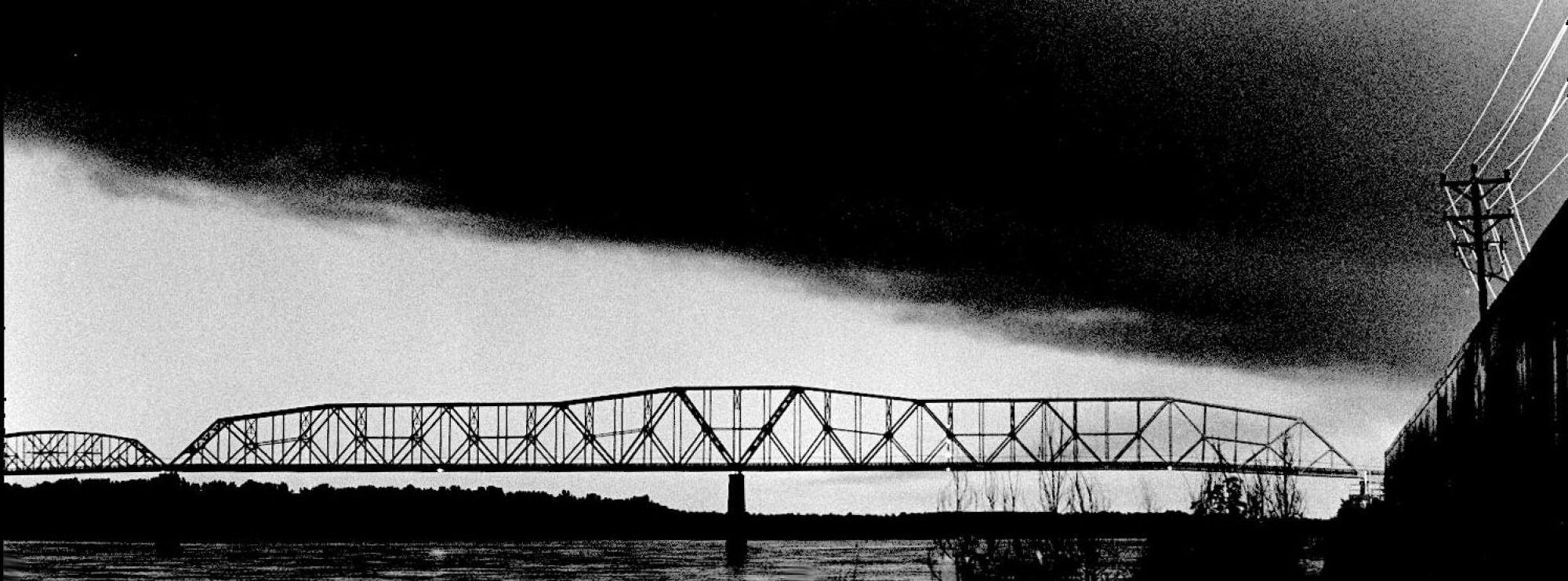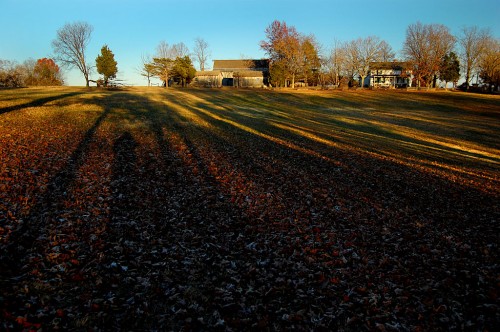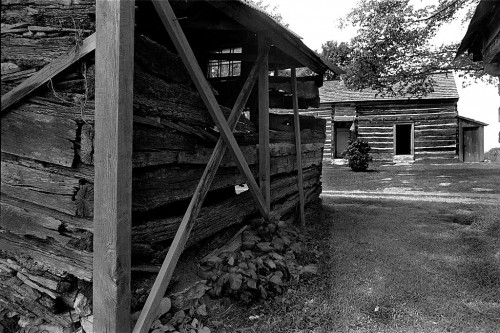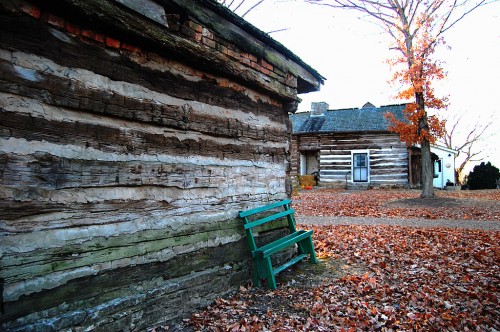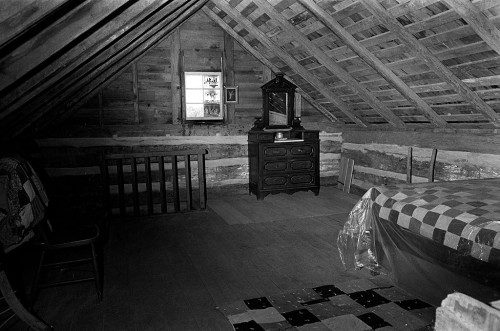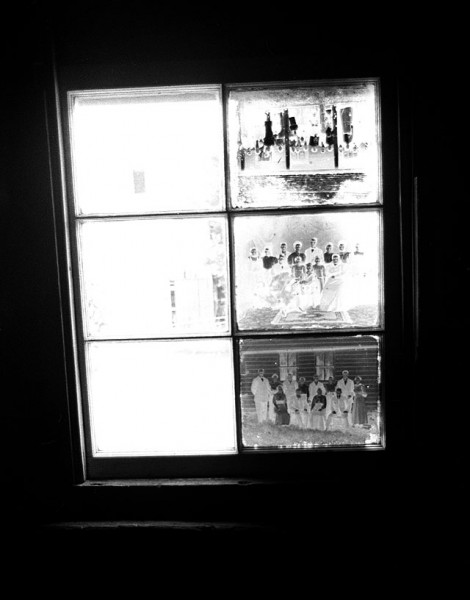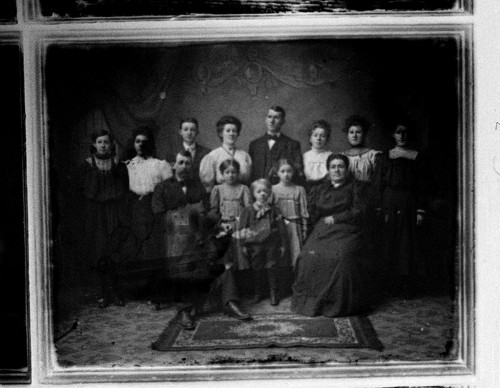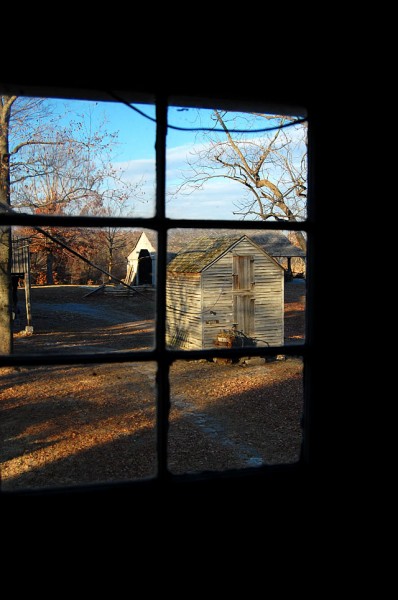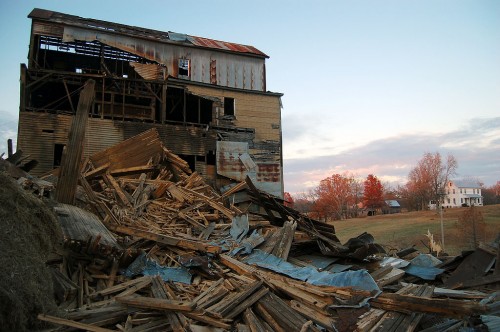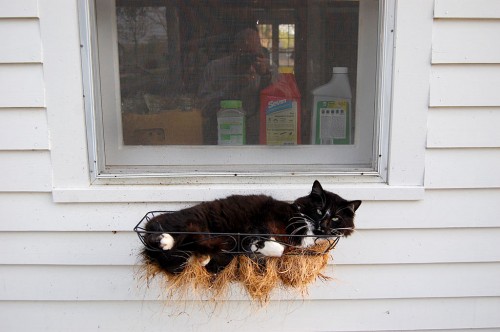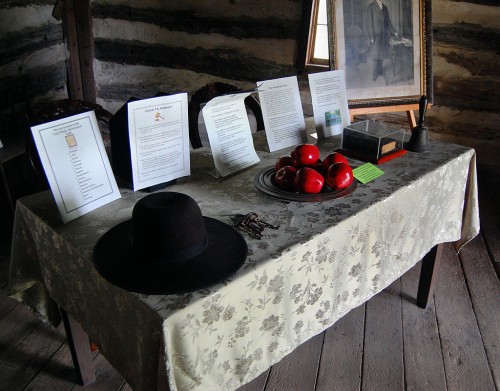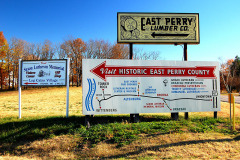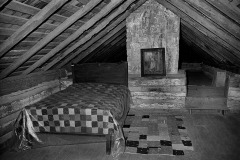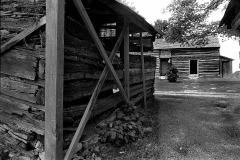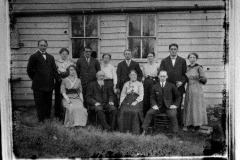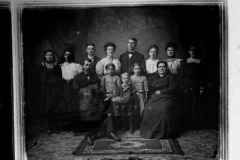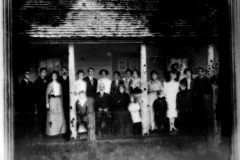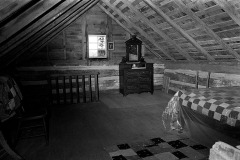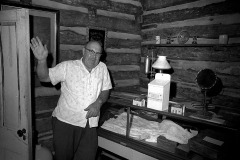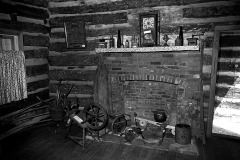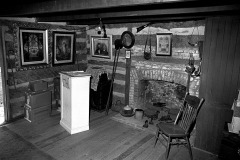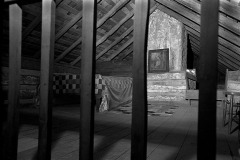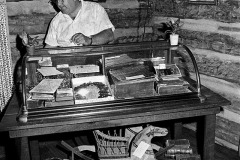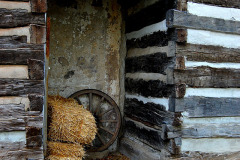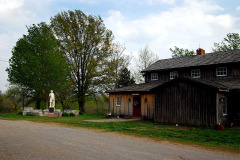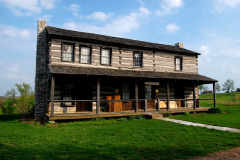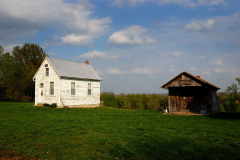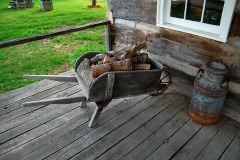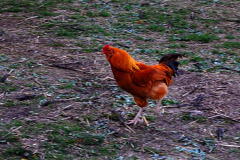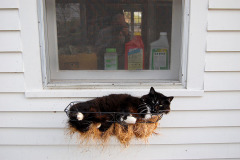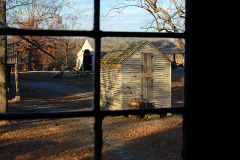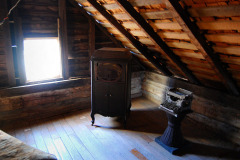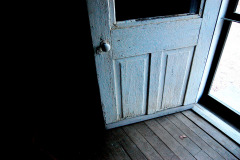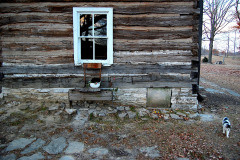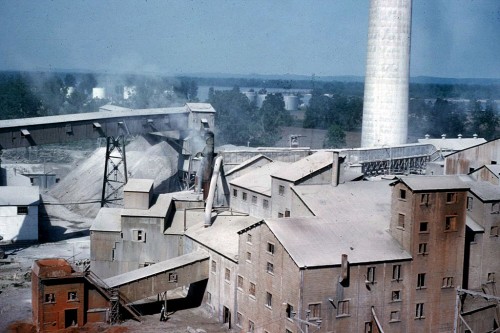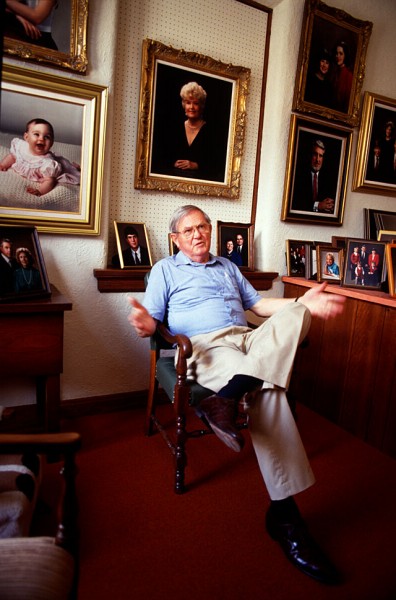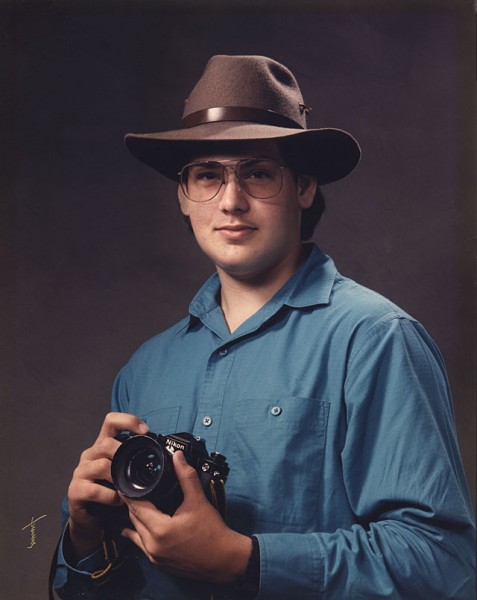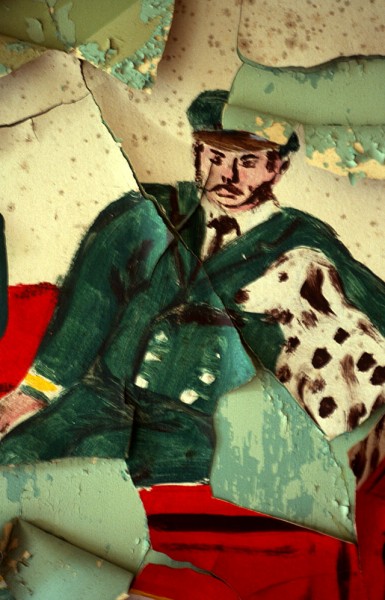 When Son Matt found the photo of Paul Lueders that ran earlier, he also stumbled across some of his frames of a subject I’ve been looking for. I’m going to see if anyone can remember where this mural existed. (Don’t cheat and look at the filenames.) You can click on the pictures to make them bigger.
When Son Matt found the photo of Paul Lueders that ran earlier, he also stumbled across some of his frames of a subject I’ve been looking for. I’m going to see if anyone can remember where this mural existed. (Don’t cheat and look at the filenames.) You can click on the pictures to make them bigger.
Horse-drawn fire engine?
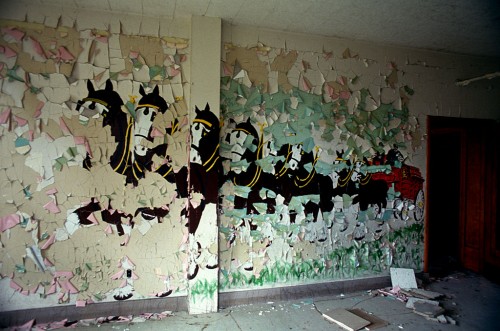 It’s hard to tell with a lot of the pieces gone, but it looks like it might be a horse-drawn fire engine. The Dalmatian and the guy in a uniform (in the closeup at the top) send me in that direction.
It’s hard to tell with a lot of the pieces gone, but it looks like it might be a horse-drawn fire engine. The Dalmatian and the guy in a uniform (in the closeup at the top) send me in that direction.
I’m still looking for my film from this shoot. It’s gonna be in the bottom of the last box I pull out.
Other Cape murals
Dr. Herbert’s office (clown mural not shown, but talked about)
Lutheran Church mural on building that may be torn down to make parking lot.
Sharon Sanders Blog
I frequently send you over to look at Missourian photographer Fred Lynch’s blog, f/8 and Be There. Well, another Missourian writer has launched a blog: Sharon Sanders, the paper’s librarian. She just published a touching tribute to her father, who died at age 94. If you like my stuff, I’m sure you’ll enjoy reading her column. Rumor has it that it’s going to run on Thursdays. Leave her some comments so she feels appreciated. It’s lonely when you’re first starting out and you don’t get feedback.
I had lunch with a young staffer last time I was in Cape. My advice to her was, “get to know your librarian. She can make you look a lot smarter than you are, help you flesh out stories or even give you enough info to write one without heavy lifting on your part.” I never met a newspaper librarian who didn’t love to go digging in what we used to call “The Morgue” for you. I envy Fred for being able to turn to Sharon for help researching his photos.
